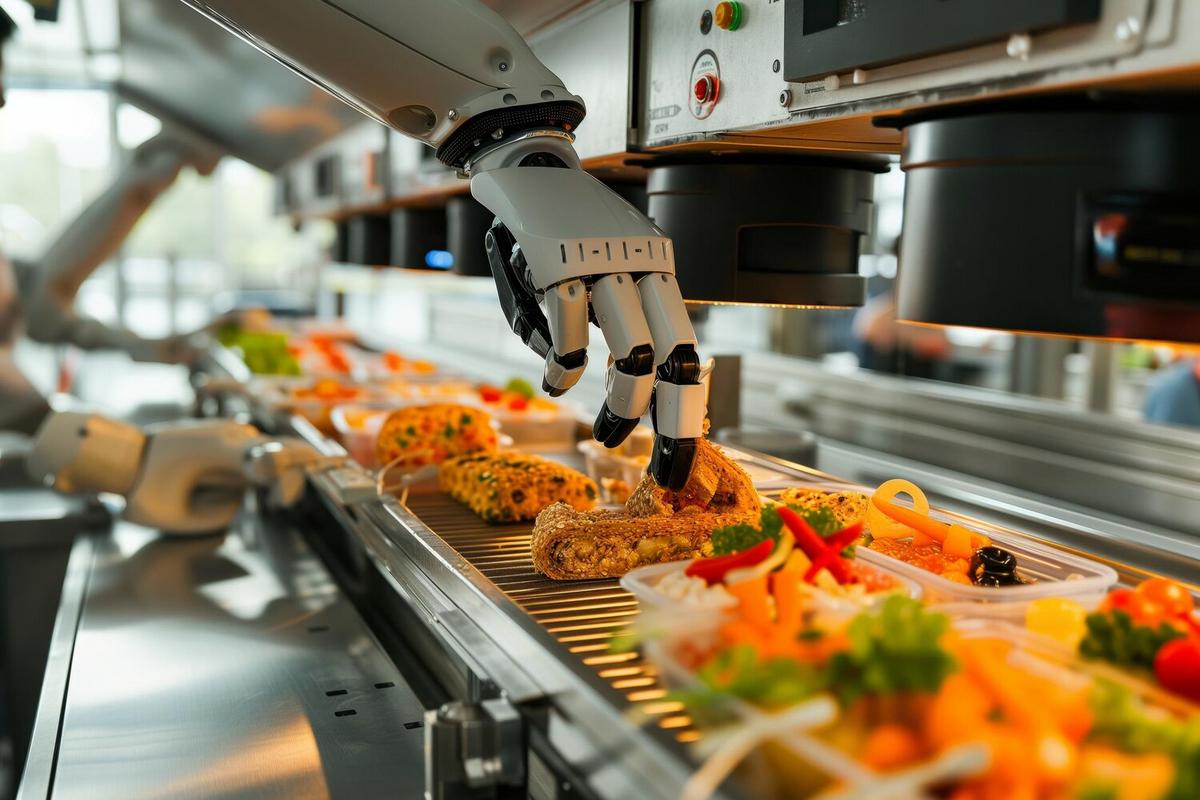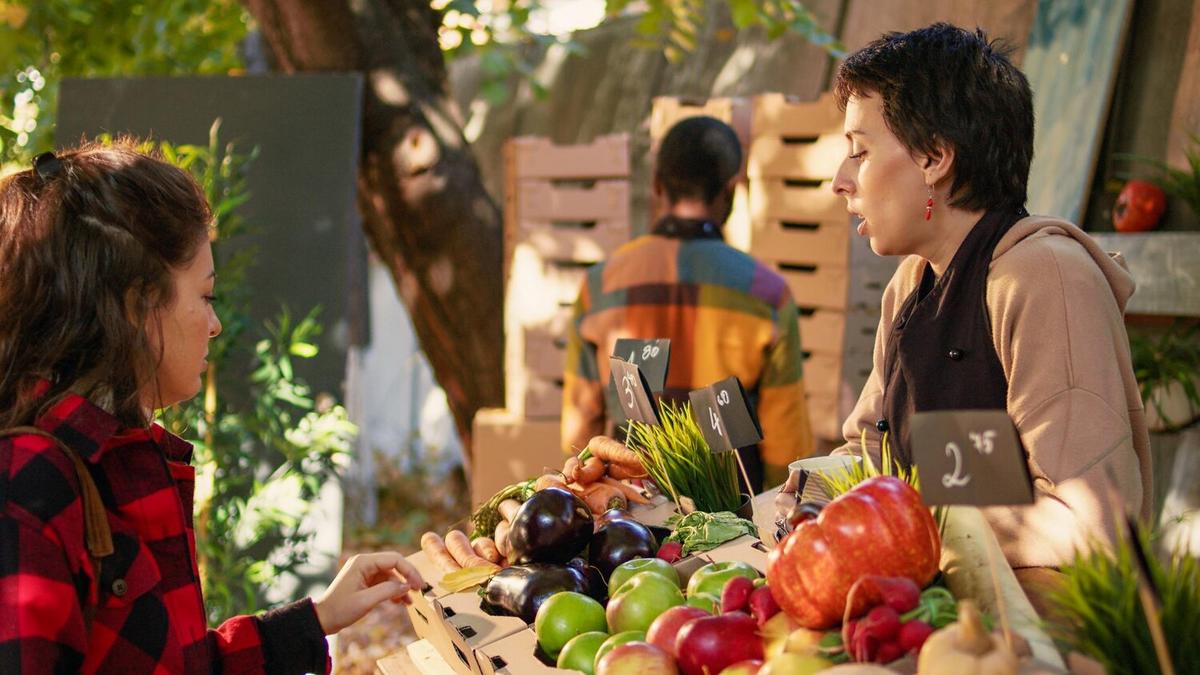
The Future of Food: Lab-Grown Meat and Dairy
Imagine a world where your burger patty or glass of milk originates not from a farm, but from a lab. As futuristic as it sounds, lab-grown meat and dairy are rapidly transitioning from science fiction to our dining tables, promising to reshape the food industry.
With the global population projected to reach nearly 10 billion by 2050, the demand for sustainable food sources is more pressing than ever. Enter lab-grown meat and dairy, innovations that aim to provide nutritious options with less environmental impact. But what exactly are these products, and how do they fit into the future of food?
Understanding Lab-Grown Meat and Dairy
Lab-grown or cultured meat is produced by cultivating animal cells in a controlled environment. This method bypasses the need for raising and slaughtering animals, potentially reducing the environmental footprint significantly. Similarly, lab-grown dairy involves fermenting specific microorganisms to produce milk proteins without the use of animals.
Expert Insights on Lab-Grown Foods
Dr. Mark Post, a pioneer in the field of cultured meat, emphasizes the potential of these innovations to mitigate climate change effects. “Cultured meat offers a sustainable alternative to traditional livestock farming, reducing greenhouse gas emissions and land use,” he notes in various interviews. Moreover, according to a report by the Good Food Institute, investment in alternative proteins, including lab-grown options, surged to over $3 billion in 2020 alone.
Statistics and Research
Research indicates that lab-grown meat could use up to 99% less land and emit 96% fewer greenhouse gases compared to conventional meat production. These figures highlight the environmental benefits and underscore the urgency of developing these technologies further.
Personal Anecdotes and Examples
Consider Alex, a food enthusiast who tried lab-grown chicken at a recent food tech expo. “It tasted just like regular chicken, but knowing it was produced without harming animals made the experience even better,” Alex shared. Such personal experiences are becoming increasingly common as more people are exposed to these new food sources.
Actionable Tips for Embracing Lab-Grown Foods
- Stay Informed: Follow developments in food technology through reputable sources to understand the benefits and challenges.
- Try It Out: As lab-grown products become available, sample them to make informed decisions about their place in your diet.
- Advocate for Innovation: Support policies and companies that invest in sustainable food technology.
Comparison Table: Traditional vs. Lab-Grown Food Production
| Aspect | Traditional Production | Lab-Grown Production |
|---|---|---|
| Resource Use | High land and water use | Significantly reduced |
| Greenhouse Gas Emissions | High emissions | Up to 96% lower |
| Animal Welfare | Involves animal farming | Animal-free process |
| Production Time | Months to years | Weeks |
| Nutritional Control | Limited | Customizable |
| Regulatory Approval | Well-established | Emerging |
| Market Availability | Global | Limited but growing |
| Consumer Acceptance | Established | Increasing |
Frequently Asked Questions
Are lab-grown foods safe to eat?
Yes, lab-grown foods undergo rigorous testing and are subject to food safety regulations before reaching the market.
How do lab-grown foods impact the environment?
Lab-grown foods significantly reduce land and water usage, and decrease greenhouse gas emissions compared to traditional farming.
Will lab-grown foods replace traditional meat and dairy?
While lab-grown foods offer a sustainable alternative, they are expected to complement rather than completely replace traditional sources.
Conclusion: A Promising Future
In conclusion, lab-grown meat and dairy represent a promising frontier in food technology, offering solutions to some of our most pressing environmental and ethical concerns. By staying informed and open-minded, consumers can play a pivotal role in shaping a more sustainable future of food.


